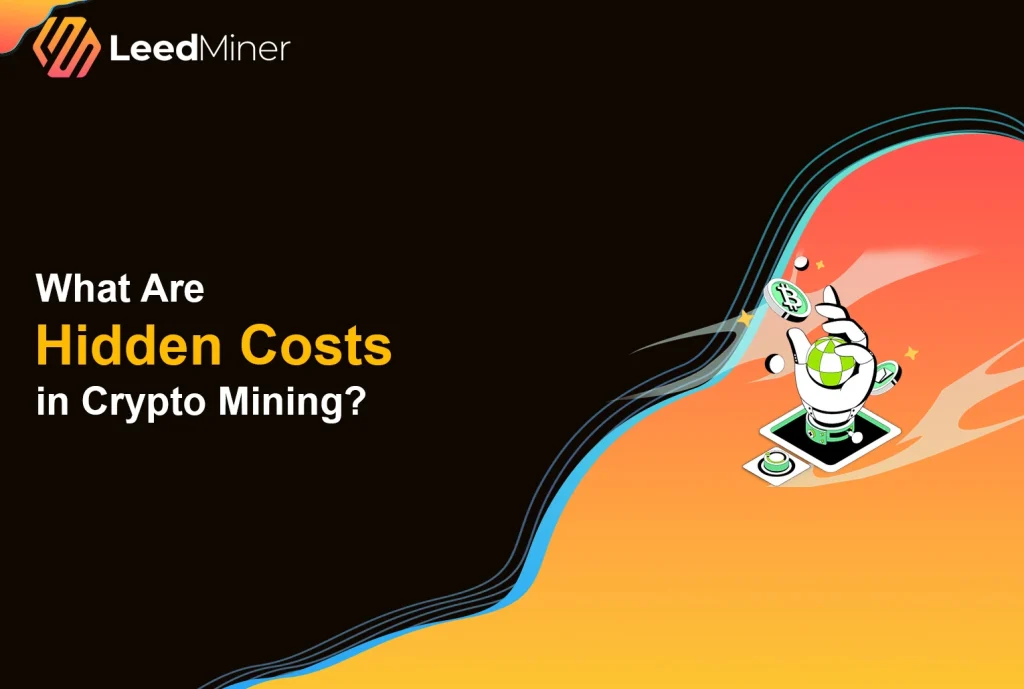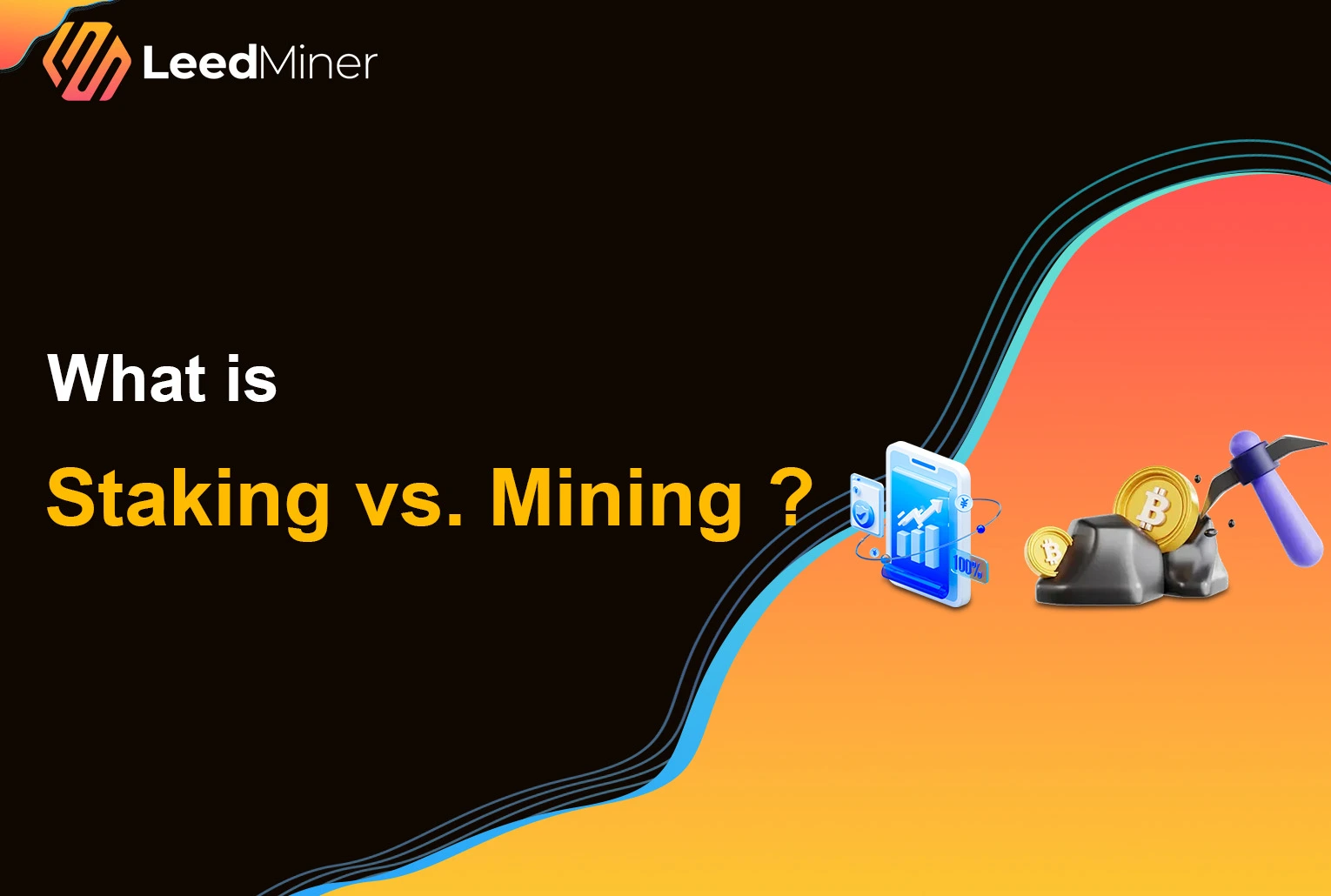What Are Hidden Costs in Crypto Mining ?
Mining101
- tagwu

SUMMARY
When most people think of crypto mining, they focus on the obvious: buying expensive hardware and paying for electricity. But seasoned miners know that behind the scenes, there are many hidden costs that can quietly eat into profits—or even turn a promising operation into a losing one.
If you’re serious about mining, here’s what you really need to consider.
Cooling and Heat Management

Mining rigs generate a tremendous amount of heat. Keeping your machines cool isn’t optional—it’s essential for performance and longevity.
- Air conditioning, fans, or water-cooling systems may be needed
- Electricity bills can spike significantly due to cooling equipment
- In large-scale setups, HVAC upgrades may be required
Even home miners often find themselves spending extra on portable AC units or vent systems.
Maintenance and Downtime

No machine runs forever without issues. ASIC miners require regular upkeep:
- Dust cleaning, thermal paste replacement, fan maintenance
- Component failure—fans, chips, or PSUs can burn out
- Downtime = lost mining rewards
Over time, the cost of spare parts and labor adds up—especially if you don’t have the skills to repair machines yourself.
Network and Internet Infrastructure
A stable internet connection is a must for 24/7 mining:
- High-speed broadband is required to avoid rejected shares
- Farms may need dedicated IPs, routers, and backup lines
- VPN services or remote management tools add recurring costs
These infrastructure needs are often underestimated, especially when scaling.
Hidden Location-Related Costs

Where you mine can introduce unexpected costs:
- Taxes: Some countries treat mined crypto as income or capital gains
- Regulations: Permits, inspections, or registration may be required
- Security: Cameras, fire suppression systems, or even on-site guards
If you’re hosting miners in a warehouse or data center, add insurance and lease fees to the list
Depreciation and Obsolescence

ASIC miners lose value quickly. A top-tier model today could become unprofitable tomorrow.
- New models often outperform older ones in months
- Difficulty increases reduce profitability
- Bear markets can tank resale value overnight
It’s vital to account for hardware depreciation in your ROI calculations—not just current profitability.
Noise Control (Especially for Home Miners)
Most ASIC miners are extremely loud (up to 80–90 dB). For home or urban environments:
- You may need soundproofing enclosures
- Running miners in a garage or external shed may require modifications
- Some cities have noise regulations that miners unknowingly violate
Solving noise problems can cost hundreds—or force relocation altogether.
Firmware, Monitoring, and Management Tools
To get better efficiency or control, many miners use custom tools:
- Paid firmware like Braiins OS+ or Hiveon
- Monitoring dashboards for temperature, uptime, and performance
- Remote management for farm operators
These tools improve productivity—but come with setup time and ongoing costs.
Electrical Stability and Protection
Unstable or dirty power can be a silent killer for mining hardware.
- Voltage spikes or drops may damage components
- You’ll need voltage stabilizers, surge protectors, or UPS systems
- Larger farms may need electrical rewiring or upgrades
A small investment in protection can prevent big losses, but it’s often overlooked.
Scaling Infrastructure
Thinking of growing your setup? Scaling comes with its own challenges:
- Racks, PDU units, cable trays, and airflow planning
- Higher electrical capacity may require permits or transformer upgrades
- Fire safety, legal compliance, and power draw limits must be considered
What starts as a few machines in a room can quickly become a full-blown industrial project.
Conclusion: Know Before You Mine
Crypto mining can be profitable—but only if you account for the hidden costs. Many new miners jump in expecting quick returns, only to discover they’ve underestimated the true expenses.
Whether you’re a solo hobbyist or launching a mining farm, taking the time to plan, budget, and manage these less-visible costs will give you a real edge—and help you mine smarter, not harder.
FAQs on Hidden Costs in Crypto Mining
Are hidden costs really significant in small-scale mining?
Yes. Even home miners face noise, heat, and network costs that affect profitability.
How can I reduce maintenance costs in mining?
Regular cleaning, quality power, and stable internet can lower repair and downtime risks.
Do I need special infrastructure for mining?
Not always—but for more than a few machines, dedicated space and electrical upgrades are common.






